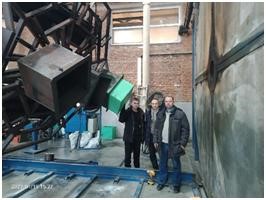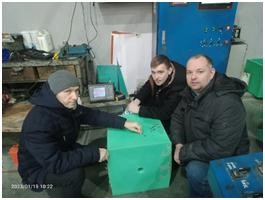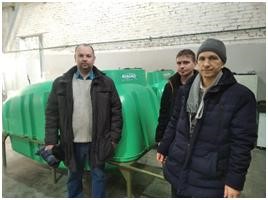On December 2, 2025, the Department of Justice of the North Kazakhstan region held a lecture for students as part of the implementation of the ideolog читать далее
Quotation gallery
The roots of education are bitter, but the fruit is sweet.
Faculty News
On November 27, 2025, the Faculty of History, Economics and Law hosted a seminar by business consultant and MBA teacher Sh.I. Orazbayeva on the topic читать далее
From November 12, 2025 at the medical faculty of SKU named after M. Kozybaev as a visiting professor, prof. Claudio Colosio from the University of Mil читать далее
19.11.2025 года на медицинском факультете был проведен круглый стол «Патриотизм как научная и нравственная позиция Манаша Козыбаева», посвящённый дню читать далее
Круглый стол «Роль Манаша Козыбаева в развитии гуманитарного образования в Казахстане», посвящённый дню рождения выдающегося казахстанского учёного-гу читать далее
13 ноября 2025 года в группе Ин6-ВОП-24к прошёл кураторский час на тему «Вопросы профилактики ВИЧ-инфекции». Мероприятие провела старший преподаватель читать далее
Ethics in biomedical research: Professor Claudio's lecture from Italy At the Faculty of Medicine, within the framework of international coo читать далее
Yesterday, on October 31, 2025, Astana hosted the International Forum of Strategic Partners "Kazakhstan — the territory of Academic Education", at whi читать далее
On August 28, 2025, an important event dedicated to the 30th anniversary of the Constitution of the Republic of Kazakhstan was held in the conference читать далее
On June 30, 2025, the Faculty of History, Economics and Law held the final meeting of the Faculty Council this academic year. The council summed up th читать далее
Improvement of methods of control and management of technological parameters of rotary molding of plastic containers for storage of liquid mineral fertilizers
This study is funded by the Science Committee of the Ministry of Science and Higher Education of the Republic of Kazakhstan (grant no. AR14870434).
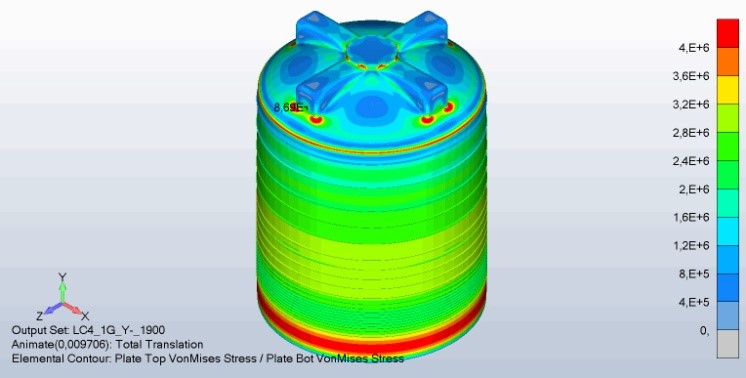
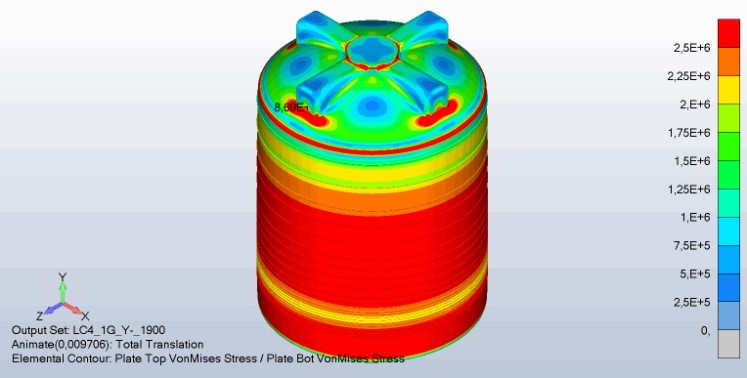
Project Manager: Tyukanko V. Yu., Candidate of Technical Sciences, PhD PhDin Chemistry.
Project executors: Demyanenko A.V., Candidate of Technical Sciences, Associate Professor, Semenyuk V. V., Master of Technical Sciences, Aleshin D. V., Master of Natural Sciences.
Execution dates: 2022-2024.
Purpose: To increase the service life of tanks for storing liquid mineral fertilizers by: calculating the structures and methods of non-destructive testing (for complete detection of hidden defects in barrels).
Brief description of the project: Currently, farmers in Kazakhstan are switching to liquid mineral fertilizers (LME). Plastic containers are used for storage and transportation of oilcake, but they are usually used for up to 5...10 years (then they crack). This problem is quite acute due to the fact that в ЖМУtoxic pesticides are now often added to the ZHMU, which, when the tanks are destroyed, get into the soil and poison the groundwater. Cracking of containers used for the storage of LME is caused by several reasons: high stresses in their walls (which exceed the permissible ones that ensure long-term hydrostatic strength) and defects in the technology of their production. These defects (micro bubbles and thermal degradation of the material) cannot be detected visually and therefore it is necessary to search for non-destructive testing methods that ensure their detection.
Relevance of the project and relations with the partner organization: The city of Petropavlovsk, North Kazakhstan region, has had its own production of containers for storing liquid mineral fertilizers by rotary molding on the basis of AVAGRO LLP for about 15 years. Therefore, this application Project has a real partner who is interested in solving the stated Goal-AVAGRO LLP. AVAGRO LLP produces only large containers with a volume of 2.5 to 12 cubic meters, about 1.5 thousand per year.
Expected results: an increase in the service life of containers for storing liquid mineral fertilizers manufactured by the partner organization "AVAGRO" LLP.
Work done:
The calculation of the strength of the container EP.10.00.003, which experiences dynamic loads when transporting fertilizers across the field, is carried out at the values of influencing parameters (wall thickness, medium density, etc.) according to the TOR.RSN. 000. 00. 003 in the Femap computer programbased on the finite element method (FEM). Based on the FEM calculation, the maximum stresses in the tank structure EP.10.00.003 for all the studied driving modes are localized in five places – the side walls of the tank (BS), pockets of the upper protrusions (KV), neck (GR) , places under the cut-in of the shut-off valves (ZA) and transitions from the upper part of the tank to walls (hereinafter referred to as PV). The most loaded place out of the five identified ones is the pockets of the upper protrusions (KV), the second place is occupied by the transition from the upper part of the tank to the walls (PV), the neck (GR) is in third place, the places under the insertion of shut – off valves (ZA) are in fourth place, and the side walls (BS) are in last place. As a result of calculations, it is established that the maximum voltages in all the most loaded places in the tank are affected by all the studied parameters. However, the most significant parameter is the liquid density (p). According to the degree of influence on P, all the studied parameters can be arranged in a row (in decreasing order): p > L > h > T > R. Based on the results of calculations in the Femap software package, a new tank design with an optimal set of geometric parameters was proposed.
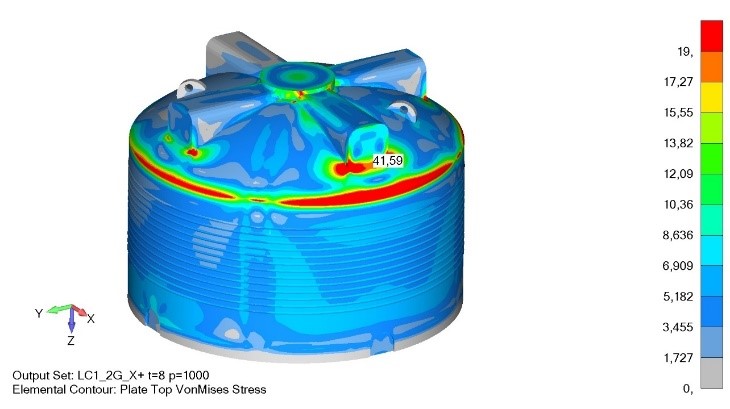
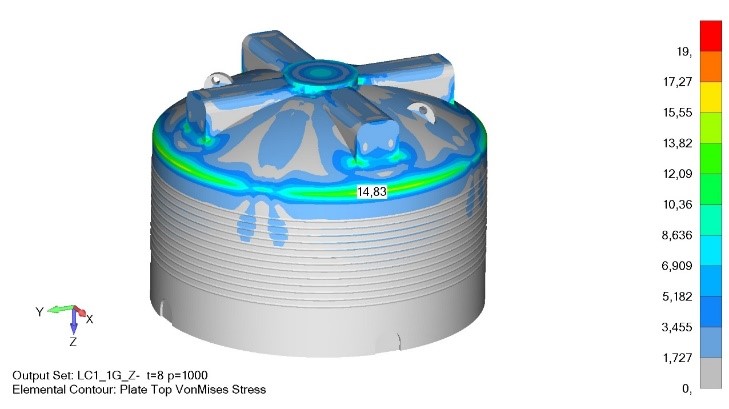
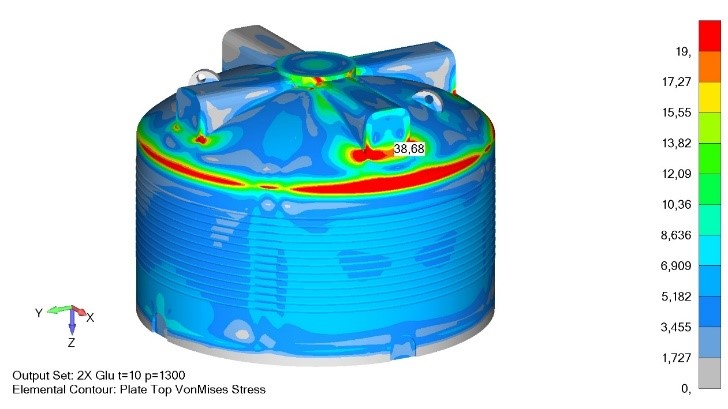
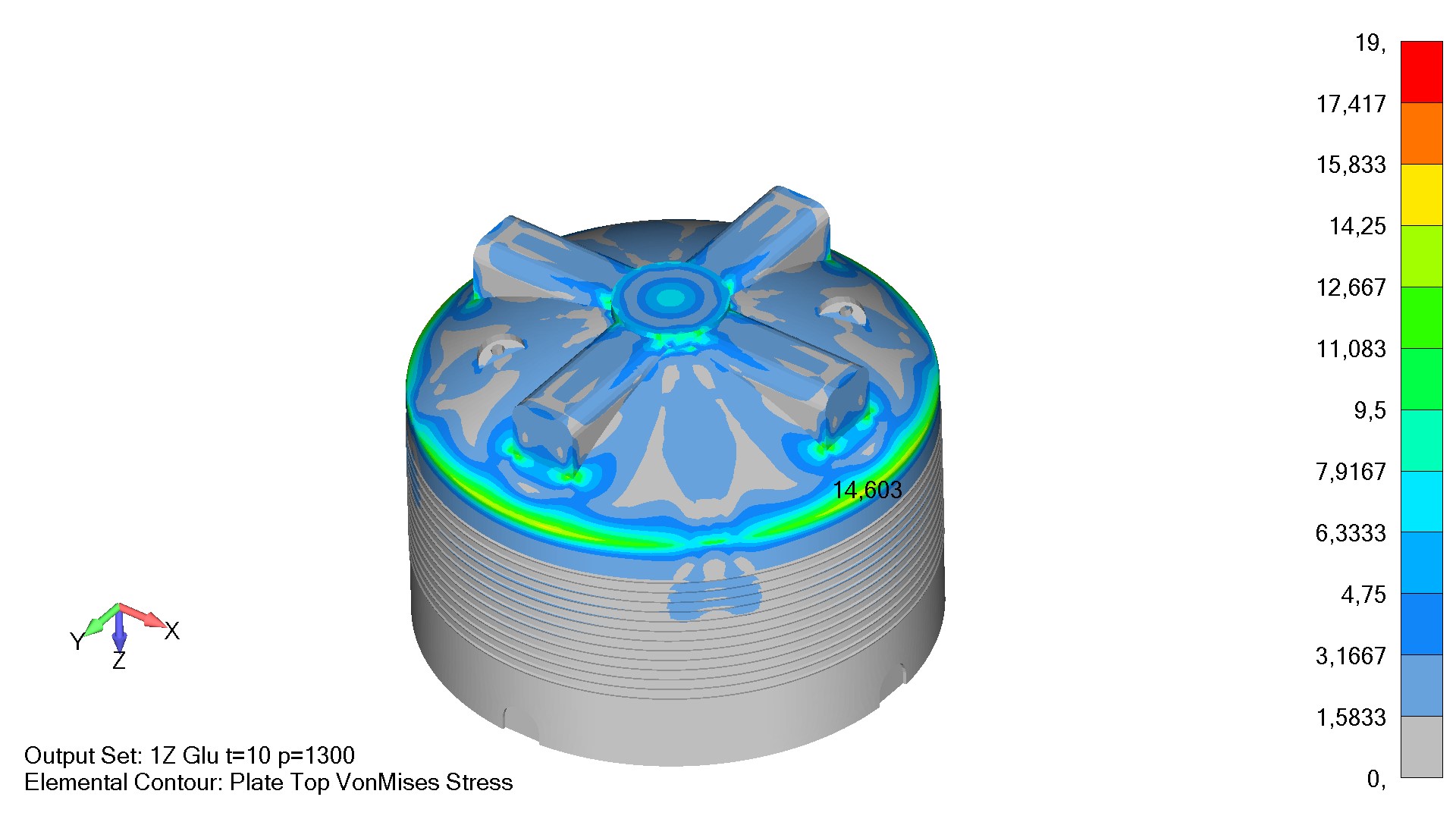
The influence of various parameters on the acoustic characteristics of rotary polyethylene is studied. Samples of three grades of rotary polyethylene (PE) (DOWLEX 2629UE (hereinafter referred to as DOW), ELTEX HD3850UA (hereinafter referred to as ELTEX) and M3504DXP (hereinafter referred to as M350)) with three degrees of sintering (under-sintering (ICS), normal sintering (NS), over-sintering (TDS)), three thicknesses h (7.5 mm, 8.5 mm and 9.5 mm) and four temperatures T (20°C; 40°C; 60°C; 80°C). The degree of sintering for each sample is characterized by a certain value of PIAT, oS (for ELTEX and DOW: 170, 200, 235; for M350: 180, 210, 245). The speed of the longitudinal ultrasonic wave decreases with increasing PE temperature (from 20 to 80 °C) by 22-27%, regardless of the thickness and brand of plastic, as well as the degree of sintering quality (ICS, NS, TDS). that is, to identify statistically significant differences in samples with different degrees of sintering quality by reducing the speed of longitudinal sintering. ultrasonic waves are not possible during heating or cooling of samples. As PIAT increases, the attenuation of the third harmonic of the bottom signal (hereinafter β) decreases. At a temperature of 20°C, the amplitude coefficient β for the degree of sintering quality "TDS" is 0.2±0.02 r.u.a., for "NS" it is 0.1±0.02 r.u.a. The possibility of determining the degree of sintering quality of PE is proved by analyzing the amplitude of the third harmonic of the ultrasonic signal (β) using a mirror image sensor.the shadow method. At low temperatures from 20 to 40°C, the degrees of sintering quality PE (NS, TDS, ICS) are identified by β: for "NS" β = 0.1±0.02; for "TDS" β = 0.2±0.02; for "ICS" β = 0. At medium temperatures from 40 to 60°C: for" NS "β = 0.05±0.002; for" TDS "β = 0.1±0.02; for" ICS " β = 0.At high temperatures (60-80°C), the third harmonic does not appear. At such temperatures, it is necessary to use the amplitude noise factor (NN), for "ICS" NN=0.75±0.02, "NS" NN=0.1±0.02, "TDS" NN=0.05±0.02. The thickness and grade of PE do not affect the ability to identify the quality of sintering through β and NN.
As a result of the tests, β was chosen as the most informative characteristic that can reveal the degree of sintering quality with an accuracy of at least 95%. The equations β = f(T, PIAT) for each brand of PE are derived for it and two-factor nomograms are constructed. Allowing you to quickly determine the sintering class "ICS", "NS", "TDS" of a particular product from the obtained experimental value of β, taking into account the actual temperature of the container, without performing complex calculations.
|
|
|
|
Testing of the proposed UZK method on the territory of AVAGRO LLP
On the basis of earlier research works on determining the optimal technological parameters of rotary molding, the technology for manufacturing the EP.10.00.002 container for storing and transporting liquid mineral fertilizers was developed on the territory of the partner organization "AVAGRO"LLP. The development of the technology included several stages.
A computer program has been developed for calculating the service life of containers for storing liquid mineral fertilizers, depending on the density and temperature of stored fertilizers.
The Game Maker Studio IDE and the special programming language GML were chosen as the platform for integrated development. The choice of this C-like language is due to the availability of many ready-made modules and libraries that allow you to speed up application development, support for working with the device's file system, and dynamic typing. The Game Maker environment has modules for compiling GML code for Android, Windows, iOS, and Linux platforms without significant changes to the source code. The structure of a computer program in the form of a desktop application for the Windows 7/8.1/10/11 operating system includes four working windows. The first window is the start navigation page for selecting three calculation modes. The second page is a special window that allows you to calculate the wall thickness (mm) of a cylindrical container depending on the parameters set by the user: the density of the stored liquid mineral fertilizer (g / cm3), the height of the container (m), the outer diameter (m), the operating temperature (°C), the permissible hydrostatic stress (MPa), which provides long-lasting hydrostatic strength. The interface of the third page includes plotting the durability of a cylindrical container (in hours, up to 1,000,000 (100 years), depending on the voltage, taking into account such configurable user parameters as the density of the medium, the height of the container, the range of wall thicknesses (mm) with a given step and range, the outer diameter and operating temperature of the stored fertilizer. The fourth page is a window for determining the wall thickness and voltage, taking into account the necessary guaranteed service life (durability) of a cylindrical container. The accuracy of calculations is ensured by integrating formulas from the ASTM D 1998 standard into the program code.
Articles and patents:


